The rapid development of the world and the increase in the number of the population have increased the construction. With this situation, the construction sector has developed, construction materials and types have increased, the machines and factories that produce these materials have increased, and this process has paved the way for the continuity and speed of the situation to further develop. In this process, more and more advanced machines have emerged. These are two: Hollow and Paving making machines.
Materials used in construction may have various feature and when using them, these features should be taken into consideration. For a more comfortable use, make sure that it is made of materials suitable for the area and needs to be preferred. Make sure you know the characteristics of the of area where will you be construction, as this may afftects the choice of the materials to be used. For example: if the materials to be used in areas with cold climates are chosen to provide thermal insulation, possible situations that may occur can be prevented and thus can be kept warm.
What are these Hollow Blocks?
Hollow blocks are frequently one of the most preferred construction materials in recent years. It's the brick model obtained by pouring a compressed aggregate (pebbles or crushed stones) block containing sand, cement, and water or mortar into various molds and combining it by applying a press. Blocks can be produced in various colors, patterns, sizes, and models. Wood charcoal and hard coal can be used as raw materials in the desired amount to increase heat permeability. It is completely optional.
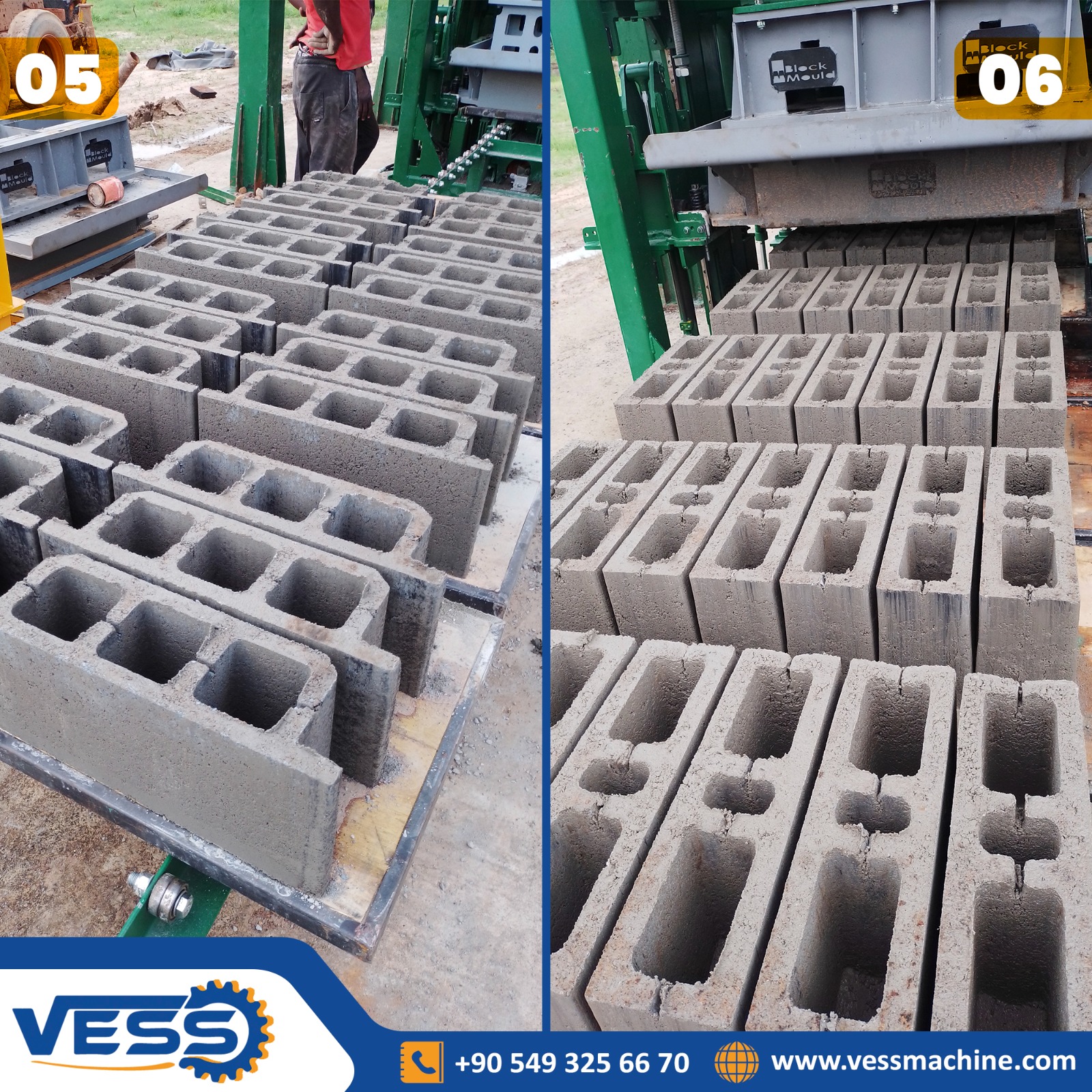 |
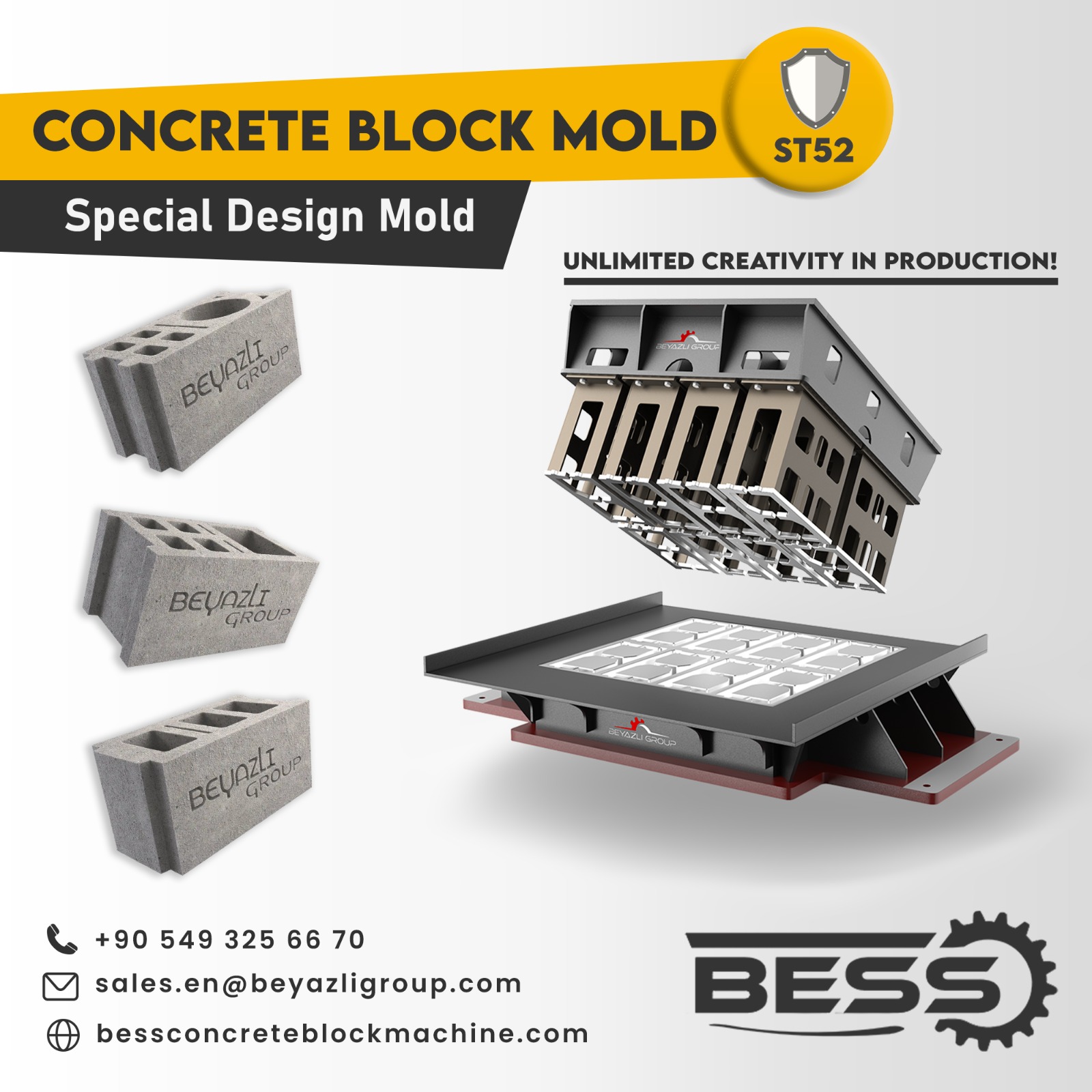 |
What are the Features of the Hollow Blocks?
- Heat and sound insulation, insulation properties; It varies depending on the briquette aggregate manufacturer, production method, and density.
- To obtain a water-resistant, waterproof concrete block, a mixture of large and fine particle materials should be used. The more cement, the less permeable the block
- Fire Resistance, depends on the size of the building/area to be used and the type of unit
- Aesthetics, various colors, patterns, and models are produced to provide a more beautiful appearance.
- Durable long-lasting
- Pocet friendly (economical)
- Reliable (trustworthy)
- Eartquake Resistance
- Lightness
-Particularly, high thermal insulation and fire resistance are among the features that make hollows the most preferred.
Where Can Hollow Blocks Be Used?
- The most commonly preferred block type of wall construction. While it increases the structural durability of the wall, it also provides thermal insulations depending on the hollow used
- It can also be used as a cooking area in home fireplaces and ovens due to its fire resistance
- Fatories, thermal power plants and other industrial facilities can use hollow for energy production.
- Hollows can be preferred as floor coverings. It is especially used when the flooring is preferred to be durable.
- For landscaping purposes, hollows can be preferred as decorative or functional units for garden paths, road signs and paths.
- For some aesthetic appearance and architectural details, specially designed hollows in different colors, patterns, and models are used.
-In addition, naturally produced hollows are preferred in the construction industry due to their environmental friendliness and are also included in projects that comply with the principle of sustainability.
fffff
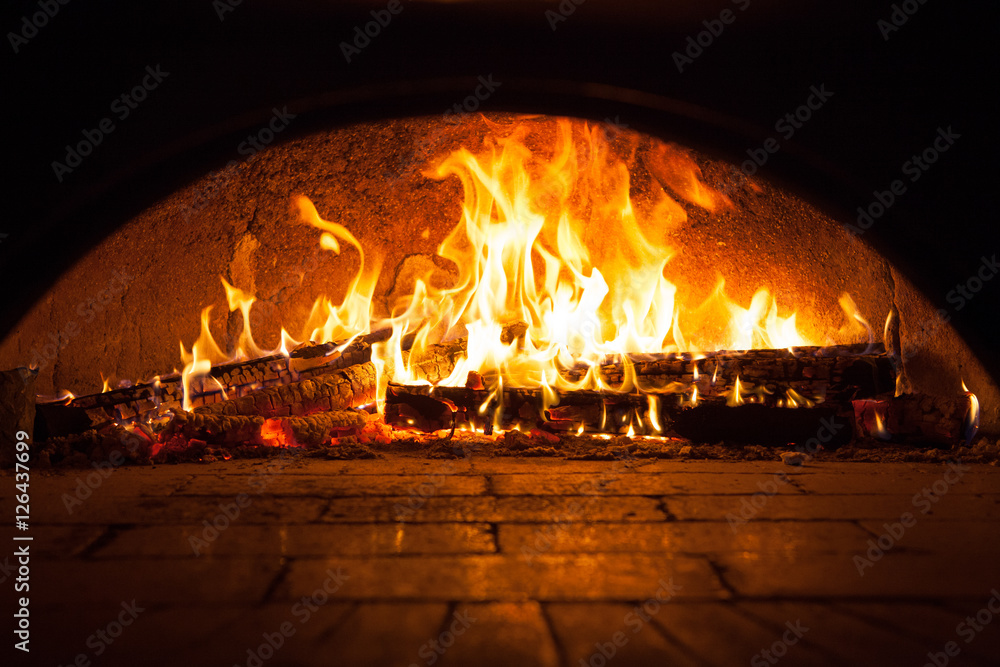 |
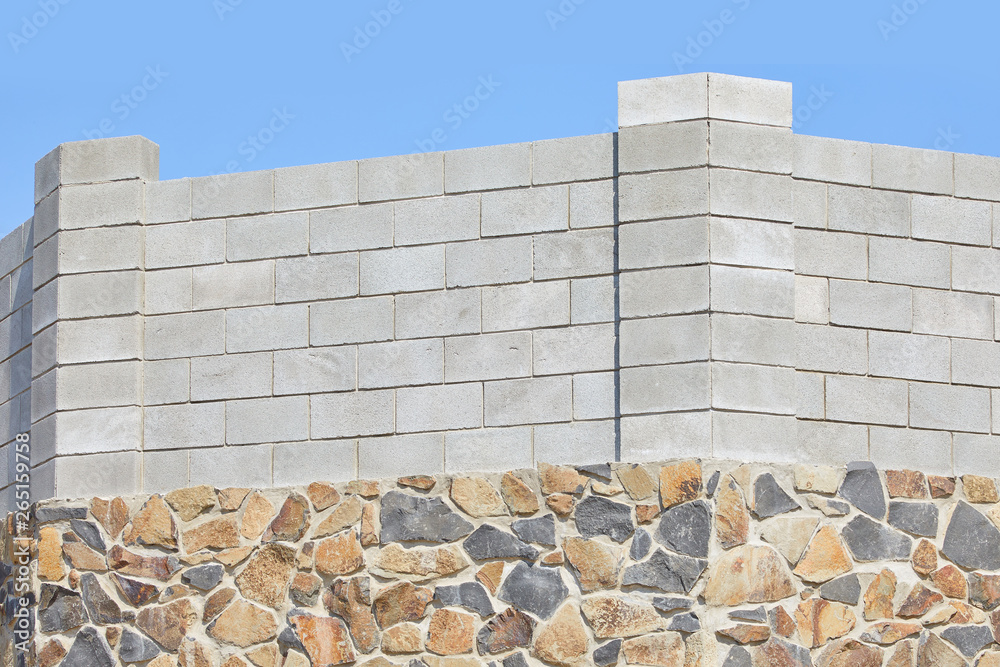 |
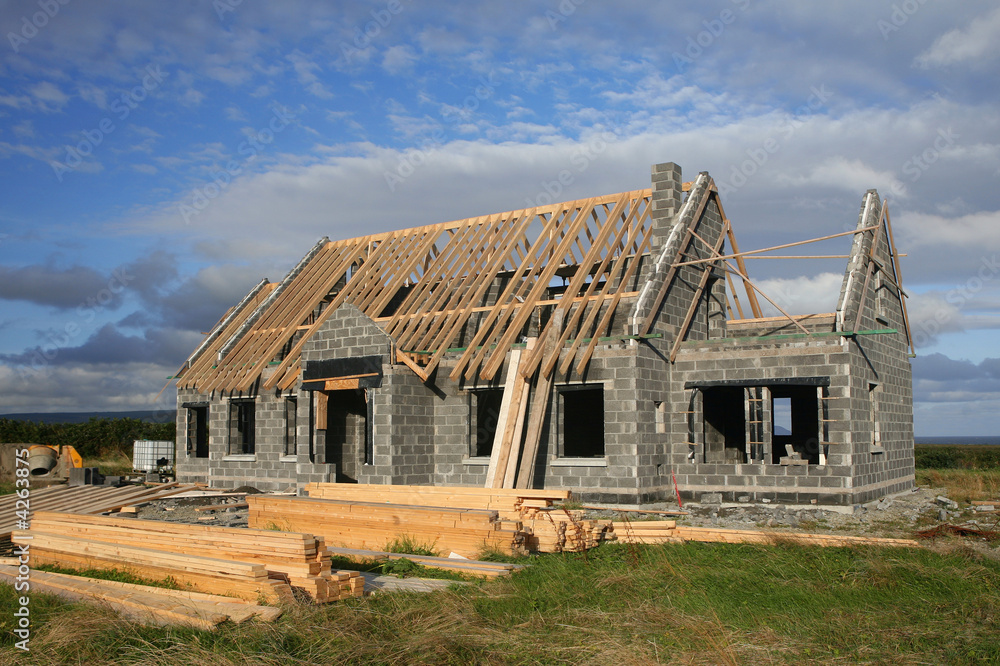 |
Hollow Block Making Machines
These are machines that produce hollows, which are obtained by pouring sand and cement or compressed aggregate blocks containing mortar into various molds and combining them by applying a press. These machines generally work with hand carrier system (semi-automatic) or mechanical (automatic) systems to compress and shape raw materials. Hollow machines can have different capacities and features and are used industrially for the production of large quantities of hollows. It can be single bucket or double bucket depending on preference; This may vary depending on the color scale to be preferred. While single-bucket machines are used for single color preferences, double-bucket machines are used for different color preferences at the same time.
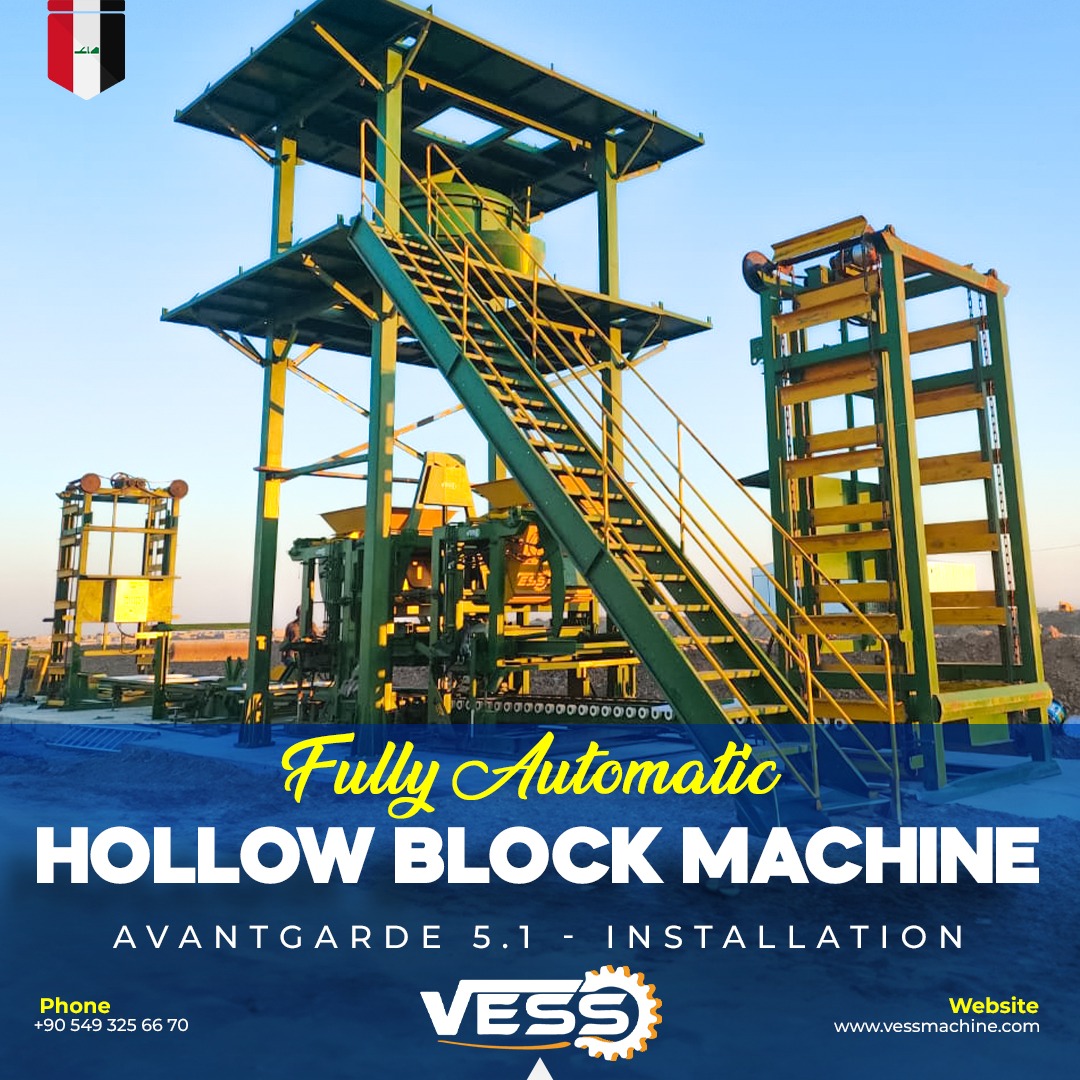 |
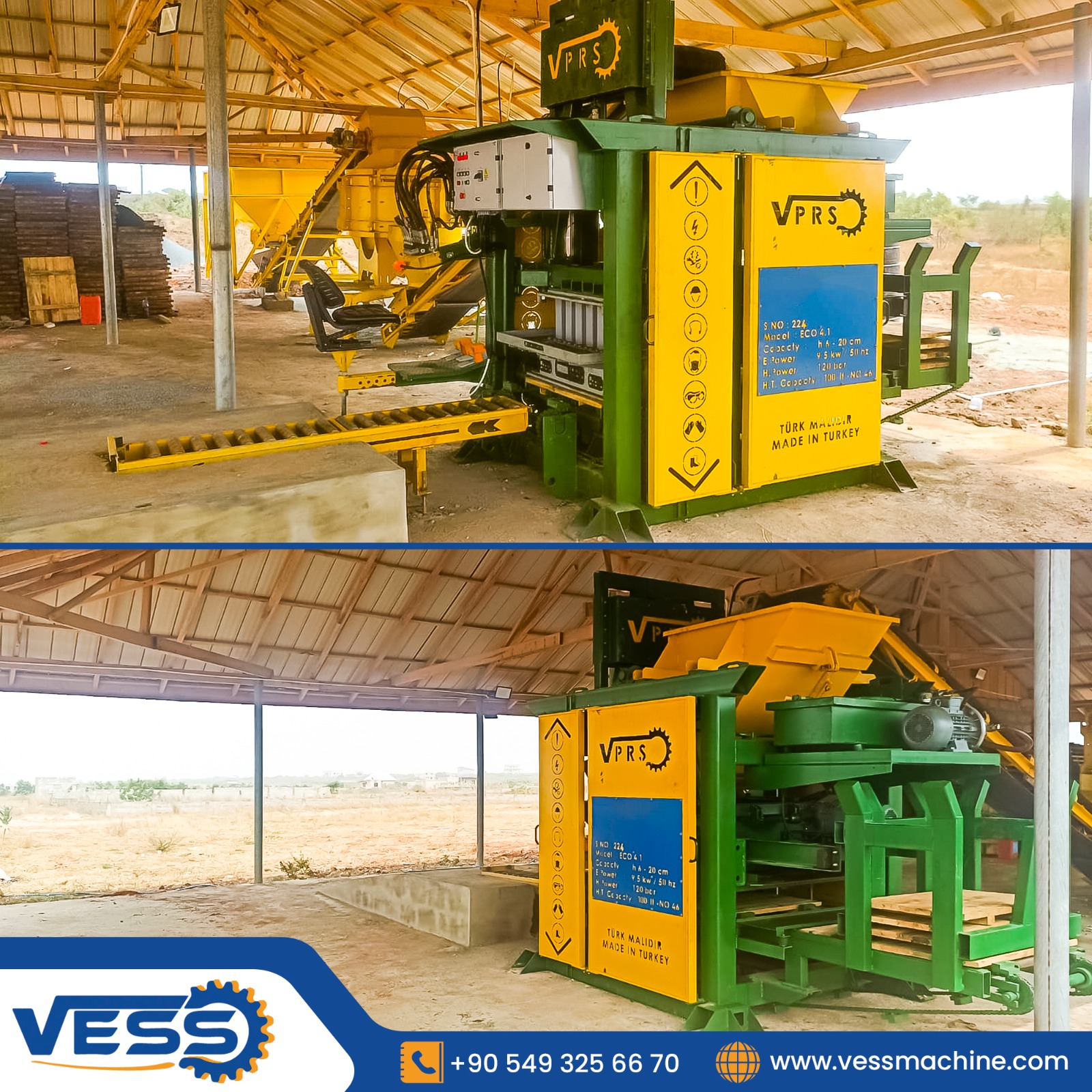 |
Would you happen to know how to Do Briquetting?
Briquetting consists of many stages.
- Collection and aggregation of raw materials
- Grinding and mixing of combined raw materials if necessary
- Painting (optional)
- Compression (pressing) process
- Drying
In the briquetting process, large raw materials are first brought to sizes that can be mixed and integrated with each other. To perform this process, special crushing and separating machines are used. These machines are produced in briquette factories. Hollow machines have some advantages, and one of these advantages is that the aggregate used to obtain briquettes does not require any chemical reaction. Hollows may also contain coal and other non-renewable fuels that are difficult to produce. Therefore, low cost, waste control, and recyclability provide a significant advantage in production.
Are you aware of the advantages of Hollow Blocks?
- Hollow generally has a high calorific value, resulting in more efficient energy production.
- Hollow burn longer than fuels such as wood or coal, thus providing longer heating or cooking opportunities (in areas such as fireplaces and stoves), but this should not be confused with fire resistance.
- Hollow generally have low moisture content and, thanks to their compressed structure, provide the lightness necessary for storage and transportation.
- Since the emissions generated during the burning of hollo are generally less polluting than other fossil fuels, they are considered environmentally friendly, and this is one of the biggest factors in their preference today.
- Most of the time, using hollows can be more economical than traditional fuels (wood, coal, etc.) and saves money in the long run.
- Thanks to the compression process, hollow generally reduce the risk of fire, increase earthquake resistance and are safe during use.
Considering these advantages, hollows are the most preferred blocks for areas of use such as energy production, heating, and cooking.
Do You Know What Paving Block is ?
Paving blocks, like Hollow blocks are the one of the most preffered material type in floor coverings at the peresent time. Paving stones used in flooring are known for their aesthetic appearance. Thanks to the variety of designs, Paving blocks suitable for different styles can be selected, which is aesthetically important in construction projects.
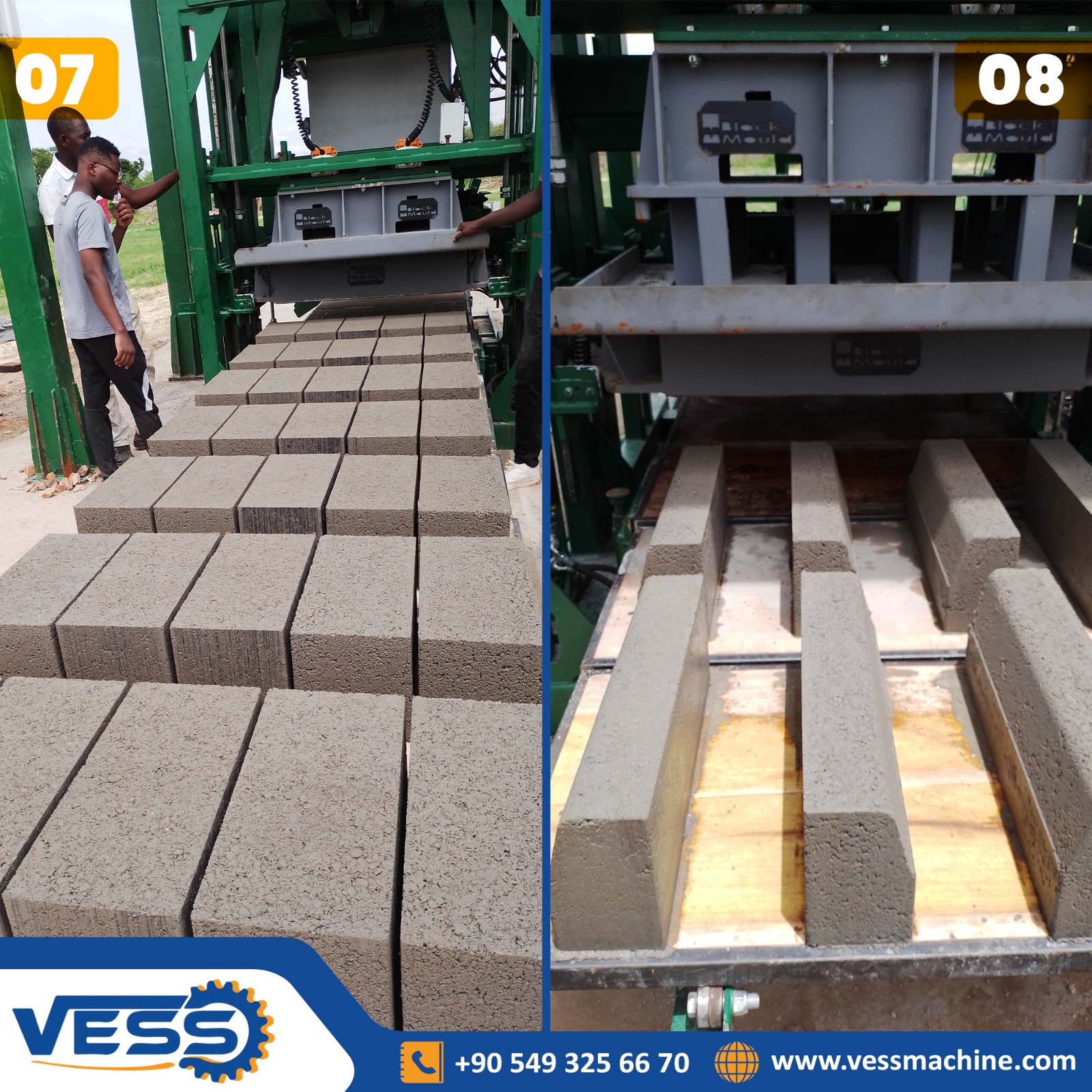
What Should We Know About Paving Blocks?
- Since paving stones are mostly used on roadsides and exposed to external factors, they are produced to be durable in all conditions. Considering this, unlike other blocks, it must be produced more meticulously and professionally because it is not expected or desired for the paving blocks used to wear out and be subject to impact.
- It has anti-slip properties for use by pedestrians. It is an important feature in terms of trust.
- Maintenance is easy and effortless
- It is important for the roadside paving blocks to look aesthetically pleasing and to be constantly visible so that they can better adapt to the environment, so the right color, pattern, and size should be chosen.
- May provide easier installation/assembly and lower costs depending on the preferred machine type.
Where Can These Paving Blocks Be Used?
- Paving Stones used on sidewalks and streets can be preferred to create a safe walking path for pedestrians.
- Paving stones, which are frequently used in parking lots or garage entrances, provide resistance to vehicle movements.
- We can use paving stones on garden paths, terraces or outdoor seating areas to create an aesthetic appearance outdoors.
- Roadside paving stones can also be preferred in the arrangement of public areas such as parks, gardens or city squares.
- It can also be used as a floor covering for walking paths or sports areas; It is a common choice, especially on tennis courts.
-Depending on the design of the paving stones, they can also be used for decorative purposes indoors. However, in this case, it should be done appropriately, taking into account the needs of the interior.
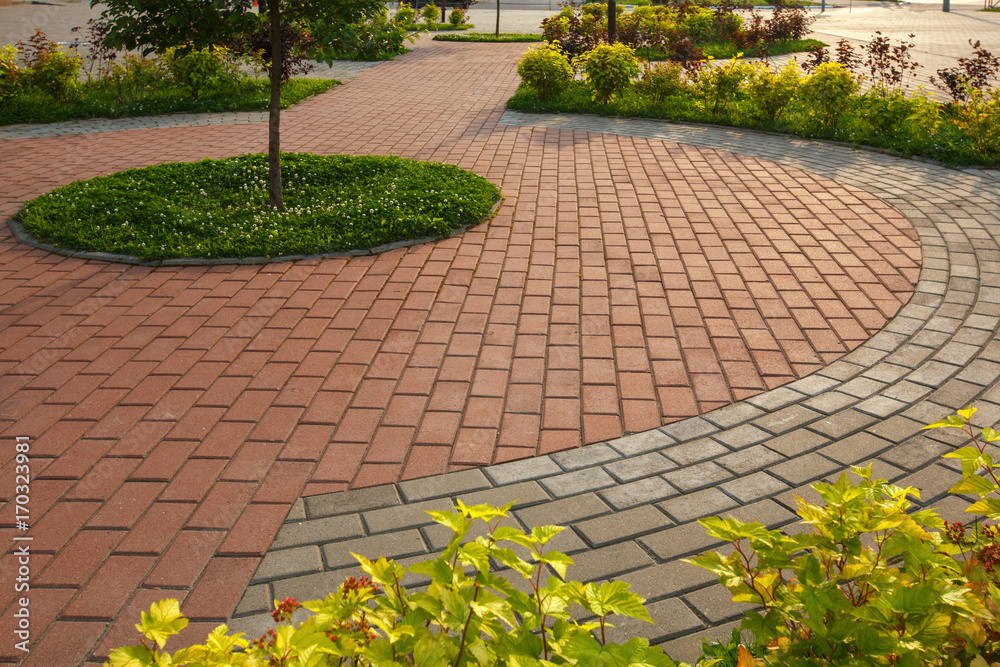 |
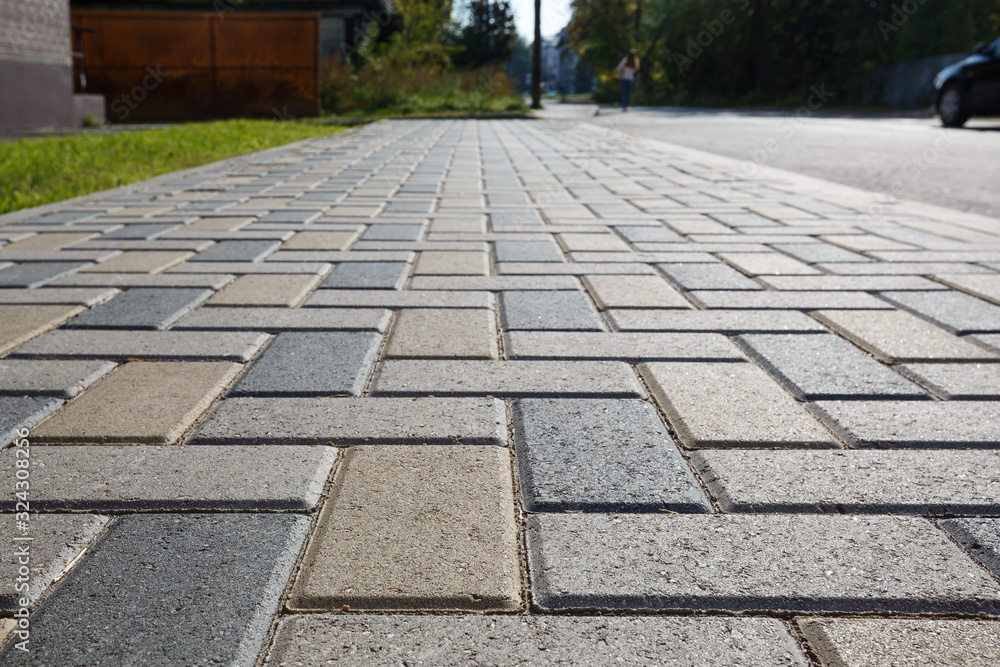 |
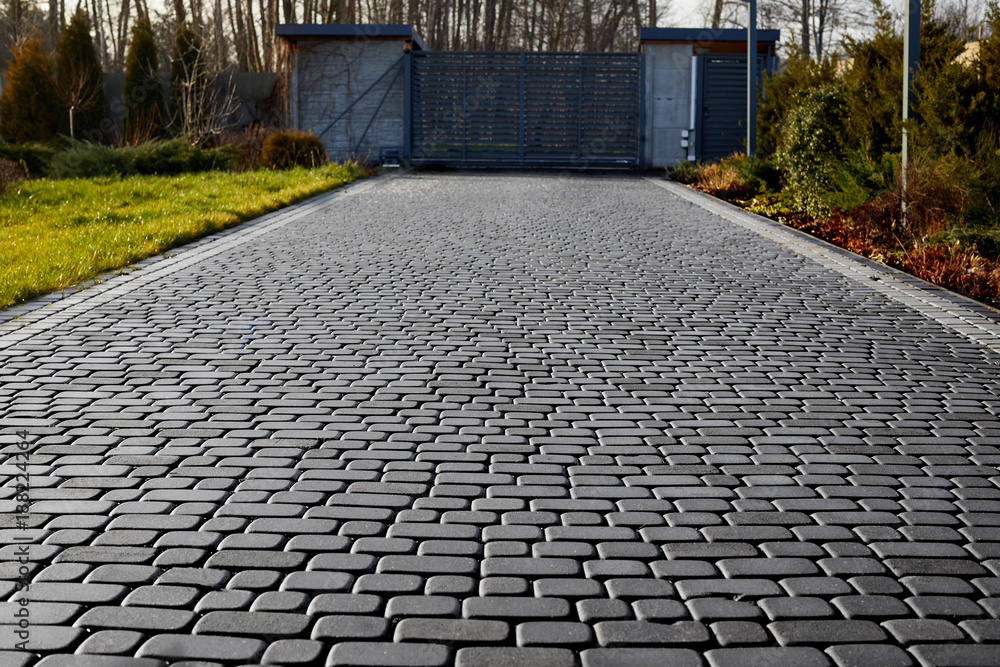 |
Paving Block Making Machines
The machine used for the production of paving block is called paving machine. Paving machines are also called hollow machines, but there are differences between them. In general terms, these machines are an advanced version of hollow and curbstone machines. Machines can be single-bucket or double-bucket depending on preference. Having a double bucket allows the production of different two-layer and different colored parquets. Paving block production can also be produced with a hollow machine, but considering the color and layer feature, it should be with a double bucket so that there is no high cost.
The first layer of two-layer paving block is normal concrete. The top layer consists of colored mortar composed of fine aggregate. In this way, while the top surface is smooth, the presence of the colored layer on this surface significantly reduces the production cost and provides a large amount of profit to the manufacturer. As with hollow machines, paving machines also have a handcarrier system (semi-automatic) or a mechanical system (automatic), and one of the two is used according to the manufacturer's preferences.
How to Paving Blocks Produced?
Paving block production same as hollow production. It is obtained by pouring sand, cement, water, or aggregate into molds with certain shapes and models and compressing them (pressing). The fact that paving blocks floors are easy to clean and maintain provides cost savings in the long run. It is important for the roadside parquets to look aesthetically pleasing, so they should always be visible, so the right colour, pattern and size should be chosen.
- Collection and assembly of raw materials
- Grinding and mixing the combined raw materials if necessary
- Depending on the model of the parquet, layering, compression (pressing) and coloring (optional)
- Drying
What Are the Differences Between Semi- Automatic Machines and Automatic Machines?
The main differences between semi-automatic block making machine and automatic block making machine are:
1. Operation and Control
- Semi-automatic block-making machines are manual machines that require more human intervention. Feeding of pallets is done by workers
- Automatic block-making machines automate the entire process. Processes such as block production, mold filling, compression, removal and stacking occur without human intervention.
2. Production Capacity and Speed
- Automatic machines have higher production capacity and can work faster. Processes have become more efficient with automatic feeding and extraction systems.
- Semi-automatic machines have lower production capacity and operations may proceed slower. The speed and skill of the operator can directly affect the production rate.
3. Labor
- Semi-automatic machines are machines that require a lot of labor because they are machines where most of the work is done by workers.
- Fully automatic machines do not require a high labor force like semi-automatic machines.
- Semi-automatic machines are more flexible and adjustable machines. The operator can gain greater control to change or adjust the production process.
- Fully automatic machines may be more closely tied to a particular type of production or mold dimensions due to the level of automation.
5.Ease of Operation and Maintenance
- Since semi-automatic machines have a simpler structure, they can be maintained more easily for businesses.
-
Fully automatic machines may include complex automation systems and more components, which can increase maintenance requirements and costs.
Then, Are the Hollow Machines and Paving Machines The Same Machines ?
- Paving machines produce paving stones from materials such as stone, concrete or wood, although the same materials can be used, while hollow machines produce hollow blocks using sand, cement and other additives.
- While paving machines are generally used for outdoor flooring, hollow machines are generally used in the construction industry to produce materials for walls, floors and other building elements.
- Although the materials used by paving and hollow machines may differ from time to time and the products they produce are different, both products can be produced by changing the mold with both machines and choosing double or single buckets.
Although both machines produce different products the same products can be produced with some technical changes, so both machines are the same.
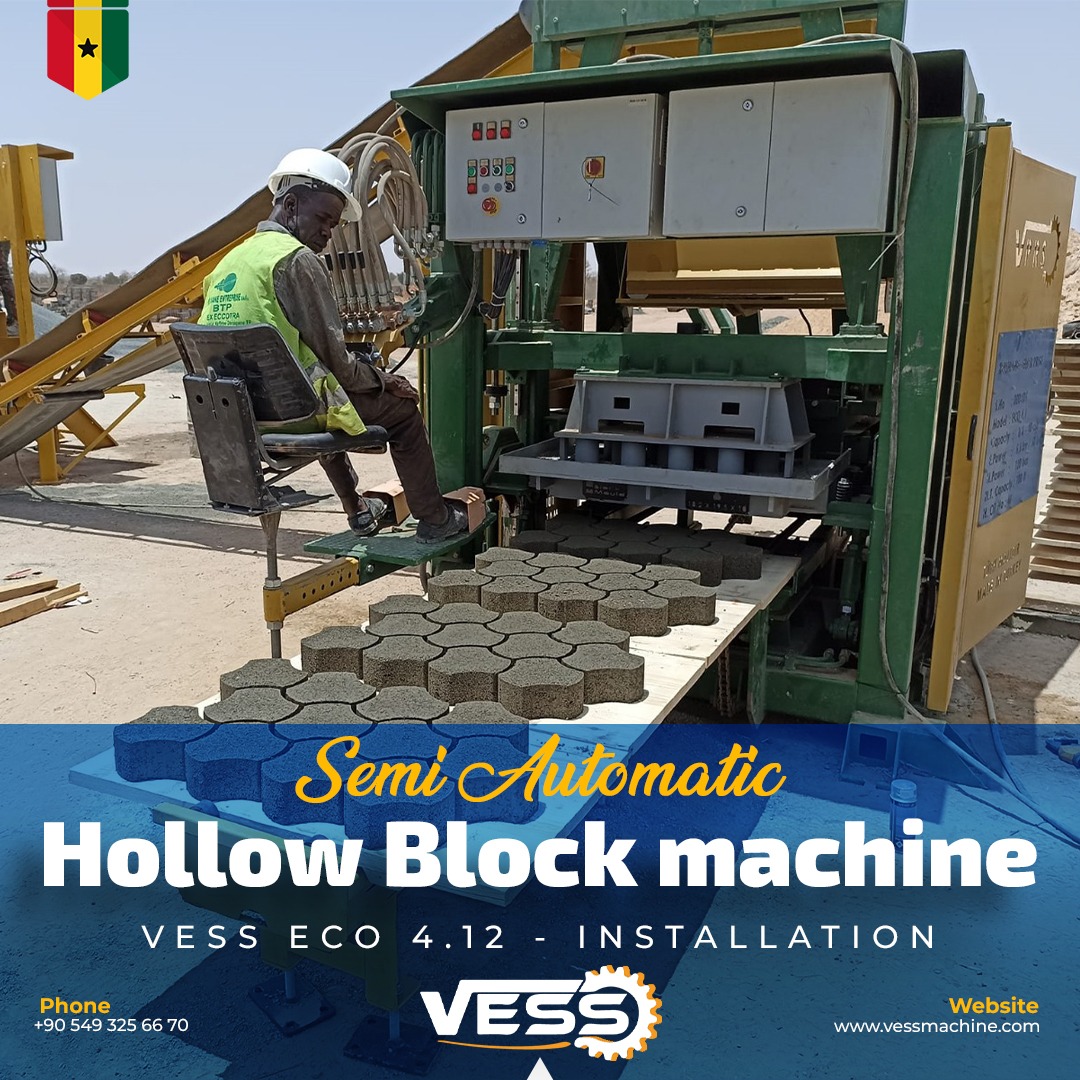 |
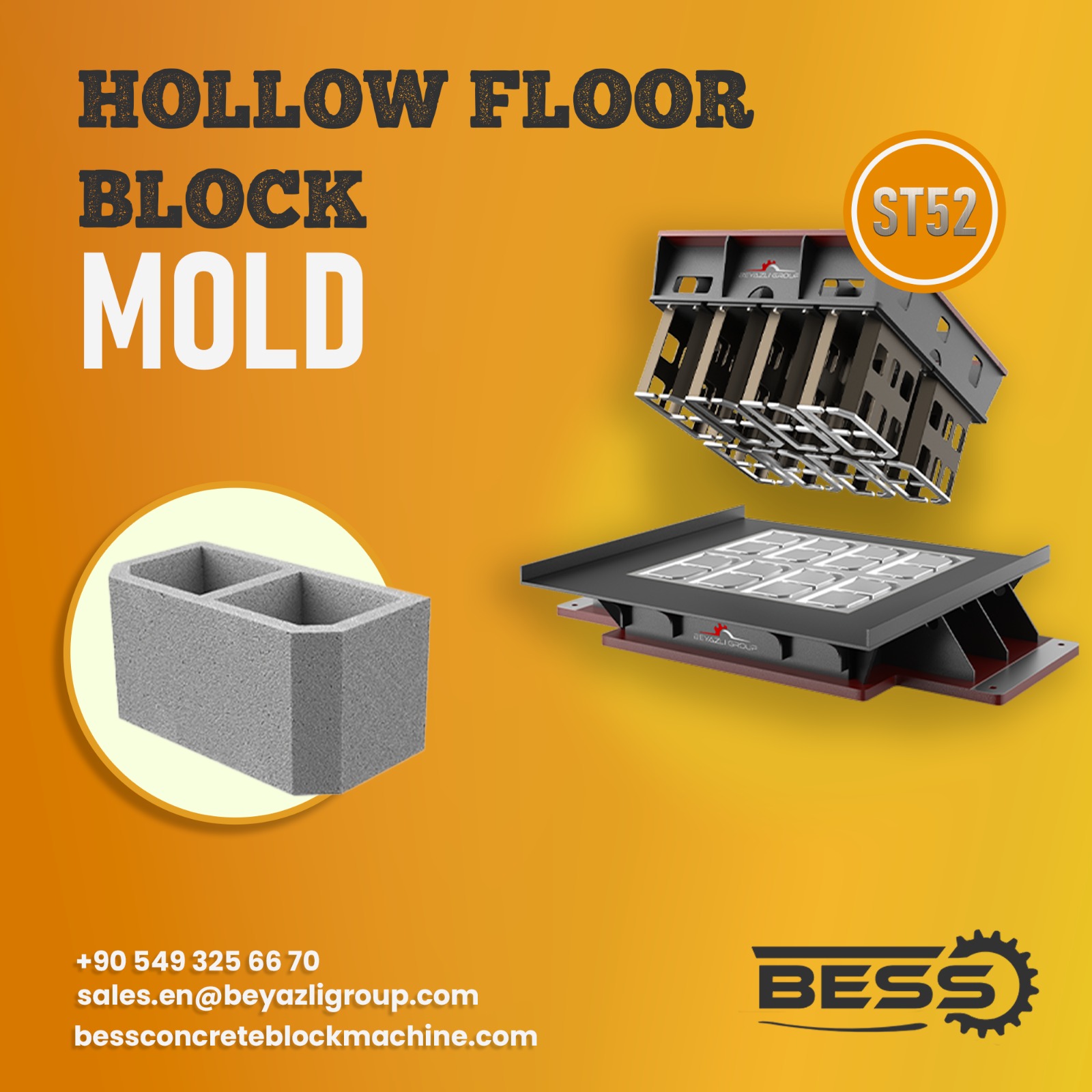 |
You can check out our YouTube channel to examine the machines and other products in more detail:












